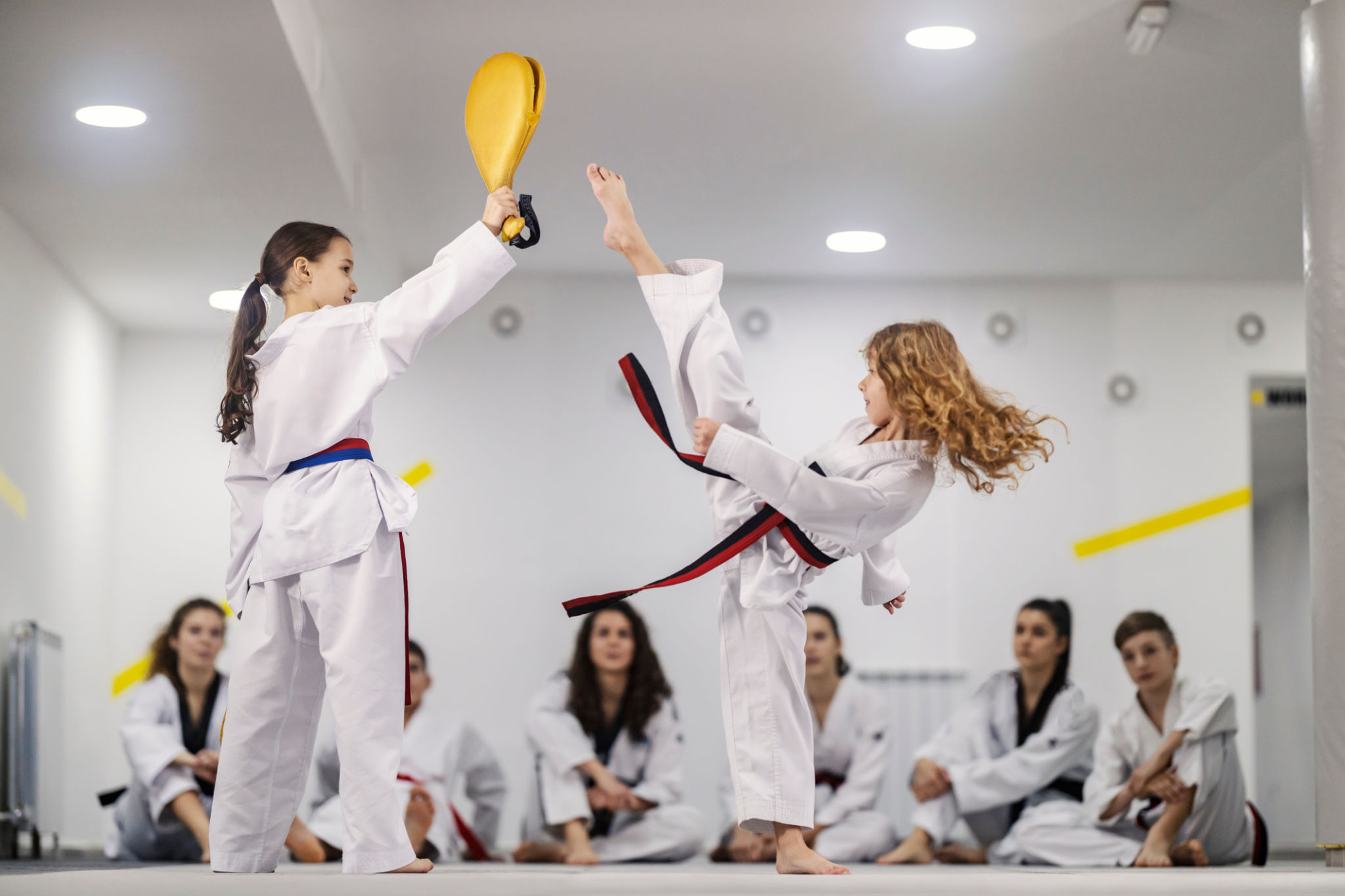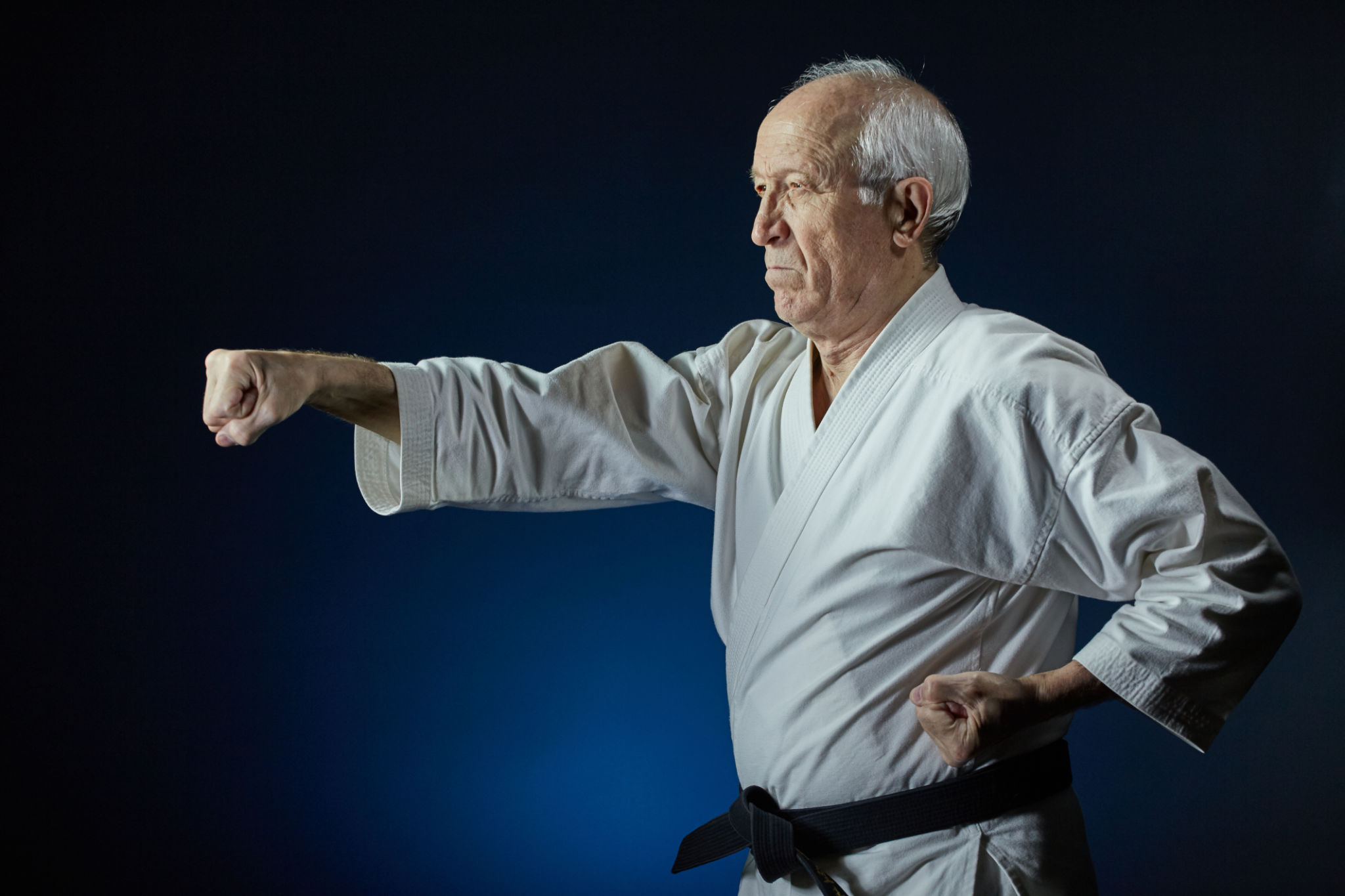Common Misconceptions About Martial Arts: Debunking the Myths
The Myth of Martial Arts Being Only About Fighting
One of the most common misconceptions about martial arts is that it is solely about fighting. Many people view martial arts as a means of aggression and violence. However, martial arts is much more than just combat. It is a discipline that encompasses physical fitness, mental strength, and spiritual growth. Practitioners often emphasize the importance of self-control, respect, and humility.

While martial arts can be used for self-defense, its primary focus is on personal development and self-improvement. Techniques are taught not only for defense but also to build character, increase flexibility, and improve overall health. The mental benefits include stress relief, increased focus, and improved confidence.
Only Young People Can Practice Martial Arts
Another widespread belief is that martial arts are only suitable for young individuals. This myth deters many adults from considering martial arts as a viable activity. In reality, martial arts is for everyone, regardless of age. Many schools offer classes tailored to different age groups, ensuring that each participant receives instruction appropriate for their physical abilities and goals.
Practicing martial arts can be beneficial for older adults as it improves balance, coordination, and cardiovascular health. It also provides a welcoming community where individuals can connect with others who share similar interests and goals.

The Perception That Martial Arts Are Ineffective in Real-Life Situations
Some people argue that martial arts are not practical in real-life situations. They believe that the techniques taught are too stylized or complex to be useful outside of a controlled environment. This misconception is far from the truth. Martial arts training focuses on practicality and effectiveness, teaching students how to react quickly and appropriately in various scenarios.
Many martial arts systems incorporate real-world self-defense techniques that can be applied during emergencies. Additionally, the confidence and quick reflexes developed through training can be invaluable when faced with unexpected situations.
The Assumption That All Martial Arts Are the Same
Martial arts encompass a wide variety of styles and techniques, each with unique philosophies and focuses. Unfortunately, there is a common assumption that all martial arts are the same. This could not be further from the truth. Each martial art has its own history, techniques, and benefits.

- Karate: Emphasizes striking techniques using punches, kicks, and knee strikes.
- Judo: Focuses on grappling and throwing techniques.
- Taekwondo: Known for its high kicks and fast-paced movements.
- Aikido: Centers on using an opponent's energy against them with joint locks and throws.
Understanding these differences allows individuals to choose a style that aligns with their interests and goals.
The Belief That Martial Arts Promote Aggression
A final misconception is that martial arts promote aggression and violence. In reality, martial arts teach discipline, respect, and control. Students learn to manage their emotions and avoid unnecessary confrontations. The training environment fosters a sense of community and mutual respect among practitioners.
Instructors emphasize the importance of using skills responsibly and only in self-defense situations. The ethical teachings in martial arts ensure that practitioners understand the gravity of their abilities and the importance of maintaining peace.

In conclusion, martial arts is a multifaceted discipline that offers physical, mental, and spiritual benefits. By debunking these common misconceptions, more people can appreciate the true value of martial arts beyond the myths.
